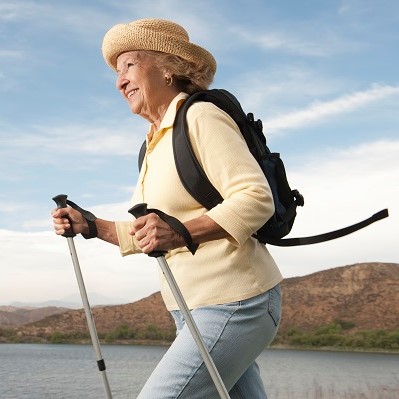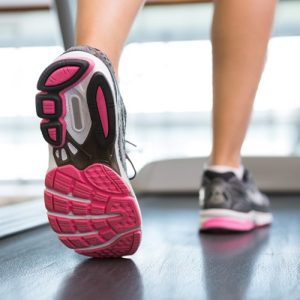Walking for Fitness
 The average resting heart rate for a man or woman is between 60 to 80 beats per minute. However, this rate can be much lower for people who are physical fit. Another name for your heart rate is your pulse rate, or the number of times per minute that your heart beats.
The average resting heart rate for a man or woman is between 60 to 80 beats per minute. However, this rate can be much lower for people who are physical fit. Another name for your heart rate is your pulse rate, or the number of times per minute that your heart beats.
This rate will vary from person to person and will be lower when you are resting and higher when you are walking, running, exercising or have a sudden surge of adrenelin.
Your heart rate will increase in response to your body’s need for more oxygenated blood to the heart, brain and muscles for movement.
Knowing how to take your pulse will help you to evaluate the effectiveness of your exercise program. This is because there are rates in which you will burn more fat or burn more calories. Continue reading
 Walking on a treadmill will give you the same benefits you’ll experience from walking outside – with one or two specific differences. Walking at a brisk pace is one of those exercises that seems to have it all.
Walking on a treadmill will give you the same benefits you’ll experience from walking outside – with one or two specific differences. Walking at a brisk pace is one of those exercises that seems to have it all.
For instance, you can find walking groups in almost every city around the world. Walking is a low impact sport and easy on the joints, so even people with arthritis can walk at a brisk pace without endangering their health.
Walking has very specific cardiovascular benefits, improves your overall health, lifts your mood and helps you to lose weight.
Before starting any exercise program it’s important to discuss your plans with your doctor to be sure they don’t interfere with your current medical conditions or medicines you are taking. Continue reading






